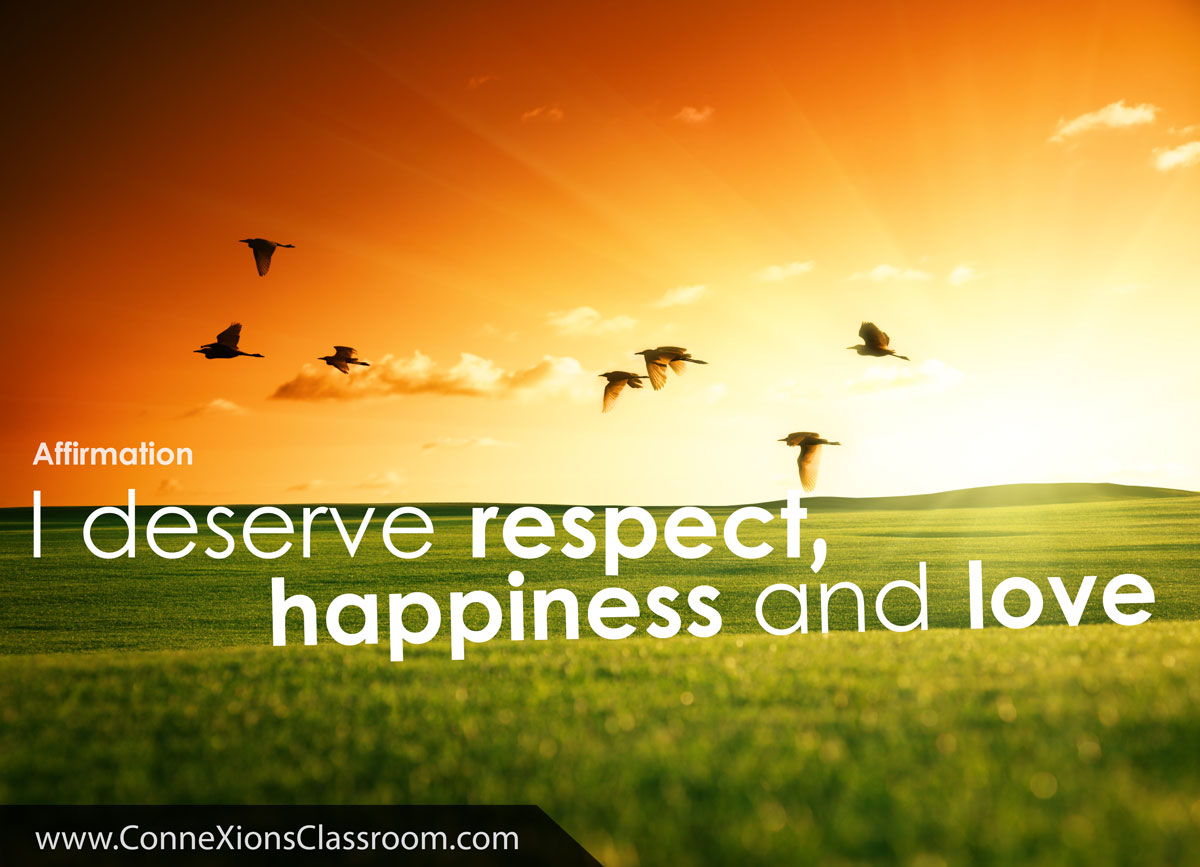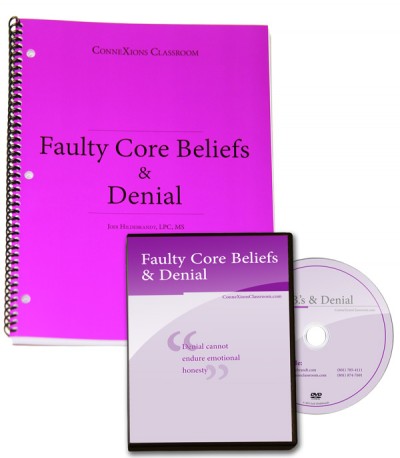Shame vs. Guilt
Most of us feel “bad” when we do something that hurts another person. But is that “bad” feeling coming from shame or guilt? If we aren’t aware of what is driving our emotions, shame and guilt can feel the same. However, the outcomes of shame and guilt are exactly opposites.
Guilt
When guilt and remorse are present, you have the opportunity to change and connect. Shame always attempts to enter and interfere with this opportunity of change and connection, because shame’s function is to keep you unconscious and full of self-doubt and denial. Pay attention and do not allow yourself to think or speak in shaming terms. Guilt and remorse are our allies. When you permit yourself to feel guilt, remorse and sadness for the offense committed, you are engaging in a process of connection back to yourself, others and God or your Higher Power. The offense you committed, disconnected you from yourself, others and God or your Higher Power. Therefore, the act of repenting has the potential power to connect you once again to your original, connected state, composed of peace, wholeness, love, compassion, calm and Divinity.
Shame
If I am not aware of which energy (shame or guilt) is motivating me towards choice (change), I can easily become tricked and deceived into believing that my “feeling badly” towards what I have done (translated into “I am BAD”) is good and appropriate. However, if I am unconscious, I will agree with the thought that my indiscretion means I am bad. This is false. This choice to believe that what I did equates to “I am bad” is a lie. If I choose—consciously or unconsciously—to align with this belief, I will experience shame instead of guilt. Thus, I will become unable to feel appropriate remorse, compassion or empathy for others or myself, which will preclude me from change.
Choice & A Change of Heart
The true change of heart comes from a position of “choosing” to be responsible for myself and all of my choices and their effects. Everything spins off of that one choice. The choice to enter guilt instead of shame or deception is greatly influenced by my level of consciousness. Making an informed and aware choice to be responsible and accountable for myself is the solution—it will obliterate personal suffering, additional shame messages, and the susceptibility to live in distortions and denial.
Change of Heart (Remorse / Guilt) is focused on:
- The other person and how I have affected them—my heart is involved, not only my mind.
- Emotionally interpreting the violation I have committed and its outcomes, and understanding the emotions of the other person as well as myself.
- Empathy for the other and myself.
- Vulnerability—willingness to be exposed and open for others to connect to.
- Validating the other person and myself regarding the violations I committed, and understanding how I’ve affected them.
- Humility to understand the other person and myself emotionally, spiritually, etc.
- Honesty to be fully transparent and confess and acknowledge my part in the experience or situation.
- Accountability to fully accept and actively change my part of the experience or situation.
- Personal choice to change. That choice affects me emotionally in profound ways, and motivates me to want to change and not repeat the offense.
- Willingness to surrender, let go and authentically forgive myself and others.
- A permanent and constant solution: I remember how you affected the other person or people, and my desire for lasting change is increased.
The Process of Repenting
The process of repentance is a thorough, emotionally and spiritually intense interchange between yourself, another person (or people), and God or your Higher Power. When we activate the repentance process on behalf of ourselves and with another person, we are willing to be submissive to the power and healing of humility and grace. You can move through steps 1-10 with a person who is not the individual you have offended or affected, in order to practice engaging in the steps, before you confront the one (person, situation or experience) you need to address.
The Steps of Repentance Are:
- Acknowledge what the issue or offense is.
- Feel sorrow for what you have recognized.
- Articulate / share your behaviors—in humility—with another person, and with the person you have affected (if appropriate).
- Allow the person to share with you how they have been impacted by you and your behaviors (emotionally, physically, financially, socially, etc.).
- Feel empathy & remorse for how you have affected others and yourself. (Note: This is not shame—you assume no personal responsibility for what you have done wrong if you choose to go into shame).
- Make sure you fully understand—mentally and emotionally—how you have impacted the other person and yourself.
- Make restitution: make things as right as possible with the other person(s) who was/were affected by the offense. It is appropriate to be willing to repay 10 times the “amount” of the offense.
- Create a concrete plan that you share with another person so you don’t repeat the mistake or offense.
- Follow your plan strictly to show consistency to yourself and others—that you mean what you say.
- Say you are sorry again. This shows willingness and humility to recognize the violation you committed. As you complete these steps, your efforts of sincerity, humility and behavioral change give meaning to “sorry.”
Forgiving & Repenting: A Two-Way Street
All of us have hurt, offended, injured, harmed, and negatively impacted another person. Whether it has been intentional or unintentional is not relevant (in this context), because the damage or hurt has taken place and it is real to the other person. The reason repentance and forgiveness are considered a two-way street is because when I engage in either of those acts, I am involved in the act of making right something that was wrong, whether the wrong is perceived or real, and whether the wrong was/is intentional or not. When I engage in the act of repenting or forgiving, I actually engage both repentance and forgiveness at the same time.
Forgiveness & Repentance are a Virtuous Cycle
Many of us also believe the healing power of forgiving ourselves will come as a by-product as we offer forgiveness to others—but it will not. Forgiveness of self is a deliberate and continual choice that you must personally make. No one else can do it for you. It is a personal experience between you and your God or Higher Power! It is a personal acknowledgment of your wrong-doing and a request to have the weight of that choice lifted and healed (forgiven). It is the same process that you engage when you are forgiving another person, yet the focus is now on you! Once through the process, surrender and let go; it’s over and you must give yourself permission to let it go to your God or Higher Power.
When I ask for forgiveness from myself, another person or God, because of a choice I have made or a perceived offense I have committed (whether purposefully or not), I am participating in both movements of repenting and forgiving. I am engaging in the Process of Repentance, which is clearly outlined on page 3, as I attempt to make “right” what was perceived (by me or another person) to be wronged. In that process, I am asking for forgiveness from the other person and/or from myself. By engaging in both of these processes, I am able to repair my relationships and create true intimacy.
When I engage in the forgiveness process with another person, I am willing to accept their process of repentance as an indicator or signal that they are remorseful (as far as they are conscious) for what they have done or said, or how they have behaved. In order to repair the relationship and remain connected, the other person must be willing to do whatever is necessary to correct the wrong, the offense or the hurt.






